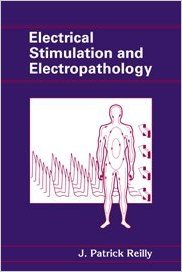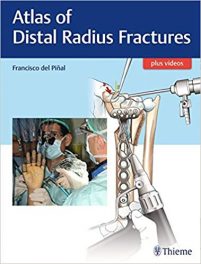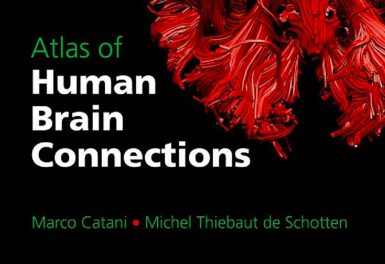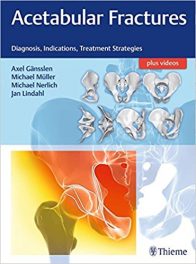 Author and Editor: J. Patrick Reilly
Author and Editor: J. Patrick Reilly
Publisher: Cambridge University Press – 504 pages
Book Review by: Nano Khilnani
Human reactions to intended and controlled electrical stimulation form the essence of this unusual and rare type of book. To a lesser degree, it also describes human reactions to unintended or accidental electrical exposure, which can cause shock, is often detrimental, and can even result in death. But this book presents the beneficial effects of electrical stimulation upon the brain, heart, muscles, nerves, and the spine.
Few of us know of the many and various benefits of electrical stimulation to humans. But applications of electrical stimulation for medical purposes have become numerous in recent years. For example, some such applications can reduce severe back pain, pain in and around joints, and musculoskeletal pain. And as you may have seen in medical dramas on television, it can revive hearts.
This book takes a close look at electrical stimulations that are medically beneficial. It also looks at different types and levels of electrical stimulation that elicit human reactions “ranging from the just-noticeable to the clearly unacceptable,” as the author and editor J. Patrick Reilly (who had worked in electrical safety and environmental acceptability) describes them.
The reason this book was written was because Reilly discovered that much of the engineering material available ignored research on medical applications of electrical stimulation. Also, the available electrical-stimulation literature by biomedical researchers on particular applications did not include electrical acceptability in a broader context.
So Reilly decided to fill this need to bridge the gap between engineering and medical applications of electrical stimulation by writing this book. He asserts that this book shows only the short-term reactions to electrical stimulation. The longer-term health effects from chronic exposure to low-level electro-magnetic fields has not been included.
While being principally the work of J. Patrick Reilly, four other specialists (named at the end of this review) also contributed content to this book, which is presented in 11 chapters, namely:
- Introduction
- Impedance and Current Distribution
- Electrical Principles of Nerve and Muscle Functions
- Excitation Models
- Electrical Properties of the Heart (Hermann Antoni)
- Cardiac Sensitivity to Electrical Stimulation
- Sensory Responses to Electrical Stimulation
- Skeletal Muscle Response to Electrical Stimulation (James D. Sweeney)
- Stimulation via Electric and Magnetic Fields
- High-Voltage and High-Current Injuries (Michael A. Chilbert)
- Standards and Protective Measures (Walter Skuggevig)
This book would be of use to biomedical scientists and engineers concerned with electrical safety, including those who want to pursue a career in the new and exciting fields of biomedical engineering and robotics. People familiar with basic physics and basic physiology will find this book easier to understand and use.
The Introduction provides a general perspective on electrical forces as vital for the functioning of all living things; gives us an overview of what electrical exposure does upon them; and presents variables that affect thresholds of electrical exposure and their effects upon humans.
Chapters 2 to 5 provide a fundamental background with which discussions on electropathology and electrical stimulation may be understood
Chapters 6 to 10 cover various types of biological responses to electrical stimulation, and contents within them are organized according to the nature of the response.
The last chapter (11) covers protective measures and standards in consumer products
The contents in this book are well organized into clearly-defined chapters, and within the chapters, the text and visual elements are presented in a way that they are easy to browse through, as well as read in depth. This is an excellent work on a relatively new subject.
Author and Editor:
Patrick Reilly is affiliated with Applied Physics Laboratory at Johns Hopkins University in Baltimore, Maryland.
Contributors:
Hermann Antoni is with the Physiological Institute at University of Freiburg in Fre9iburg, Germany.
Michael A. Chilbert is with the Department of Neurosurgery at the Medical College of Wisconsin in Milwaukee, Wisconsin.
Walter Skuggewig is with Underwriters Laboratories, Inc. in Melville, New York.
James D. Sweeney is with the Department of Engineering and Applied Science at Arizona State University in Tempe, Arizona.






